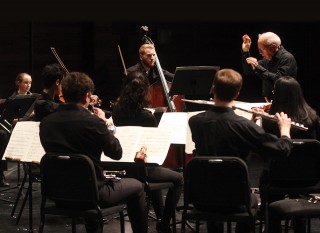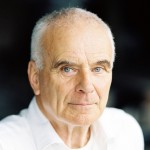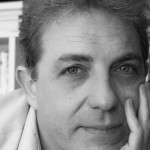Title

Joel Sachs conducts N.J.E.
(Photo by Hiroyuki Ito)The summer of 2015 has been busy for the New Juilliard Ensemble, which gave two well-attended concerts at Summergarden, the Museum of Modern Art's annual festival, in July. At the first concert, we played U.S. premieres by Richard Causton and Julian Barry (who are both from the U.K.) and Gerald Barry (from Ireland). The ongoing festival theme, New Music for New York, was suspended to permit a work that had been played here before, Twilight Colors (2007) by 92-year old Chinese-American composer Chou Wen-chung, whose jaunty walk to the stage made a powerful impression! The second concert featured music by Turkish composer Ahmed Adnan Saygun (1907-1991) and Americans Suzanne Farrin and Mark Grey. The N.J.E. preseason continues on September 11 at the Metropolitan Museum of Art's Temple of Dendur with a celebration of Arvo Pärt's 80th birthday (which is that day) with a program of his vocal, chamber, and piano music climaxing with choreographer Christopher Wheeldon's Liturgy, performed to Pärt's Fratres.
Body
The 23rd New Juilliard Ensemble season commences September 26 at the Peter Jay Sharp Theater with the world premiere of Shades, which was composed for us by Iceland's Áskell Másson. Three other pieces have only been heard in Europe: Five Songs (2015) by Polish composer Zygmunt Krauze, to be sung by baritone Szymon Komasa (Artist Diploma '15, opera studies), whose native language is, conveniently, Polish. The other Western Hemisphere premieres are Trojan Games (2012) by British composer Peter Maxwell Davies and the highly entertaining Far niente, for double bass and ensemble, by Stefano Gervasoni, an Italian who also teaches at IRCAM. The title, which translates as "doing nothing," has a special significance: it means to actively do nothing, as opposed to simply not doing anything, a subtle distinction that plays an important role in Italian culture. When I saw the score for the first time some 15 years ago, I was delighted by its extended performance techniques, especially the chorus of headjoints of piccolos, flutes, and alto flutes played by the ensemble, but I could not find a source for the 18 headjoints it required. Fortunately, in his 2007 revision Gervasoni replaced the headjoints with whistles. The soloist, fourth-year double bassist Jordan Calixto, has been a loyal N.J.E. player since his freshman year. Apart from enjoying the wonderful qualities of his playing, I wanted to reward him for his good-natured work in mastering the musical saw for last season's South Africa concert.
The fifth piece is the New York premiere of Nano Symphony, by American composer Anthony Brandt, which was commissioned for a Rice University celebration of nanotechnology pioneer Richard Smalley, a Nobel Prize-winning chemist. To celebrate Smalley's vision of "small is big," Brandt wrote what he described as "a complete evening's worth of music on the scale of a single piece"— a symphonic concert, featuring a tuning section, overture, modern work, three-movement piano concerto, intermission, four-movement symphony, and an encore—all in a bit more than six minutes.








